Slatington is a borough in Lehigh County, Pennsylvania, located 20 miles north of Bethlehem, 62 miles south of Scranton, and 70 miles north of Philadelphia. Situated across from Walnutport on the west side of the Lehigh River, Slatington is at the northeast corner of Washington Township.
Before the first white settlers established homesteads in the area that later became Slatington, Lenni-Lenape natives inhabited the Delaware Valley of eastern Pennsylvania, from the Lehigh River to the Delaware River. A trail they used along Trout Creek, a tributary of the Lehigh River, called “Warrior’s Path,” became a public road in 1761 and later became known as Route 873.
Farmer and miller Nicholas Kern was the first settler of European descent in what would become Slatington, establishing himself in 1737 and building a sawmill that provided boards and timber. In 1756, Benjamin Franklin reported to Governor Morris that he had procured boards and timber from Kern’s sawmill.
In the 19th century two Welshmen, who recognized its properties and importance from being used in Europe, discovered slate. A quarry was set up in 1845, and, in 1847, a factory was erected. In its heyday, slate was used for everything from durable roofing shingles to chalk boards in schools.
Slatington owes its name and existence to the slate industry, started in the 1840’s. A decade later, the beginnings of a village, called Liberty, grew near the Lehigh Valley Railroad, a covered wooden bridge, and a hotel. In 1864, the town was named Slatington and incorporated as a borough with Robert McDowell as its first mayor. My ancestor, Jesse Labar, moved to Slatington after his discharge from duty in 1862 during the Civil War. He worked as a slate dealer, insurance agent, and grocery store owner.
Historically, structural iron, knit goods, and silk were manufactured in Slatington, and there were abundant slate quarries in the area.
Slatington Timeline
- 1737
- Nicholas Kern was the first settler in the area which would become Slatington, taking up residence there by 1737.
The sons of William Penn finagled the Walking Purchase, resulting in the emigration of the indigent Native American population, called the Lenni Lenape.
- 1745
- Nicholas Kern built a saw mill and a grist mill along Trout Creek.
- 1755
- The French and Indian War started.
- 1761
- The road today known as Route 873 was laid out along the Indian trail called Warrior’s Path.
- 1829
- The Lehigh Canal was completed.
- 1841
- A major flood whipped away many houses and businesses located along the Lehigh Canal.
- 1854
- A covered wooden bridge was built over the Lehigh River.
- 1855
- The Lehigh Valley Railroad was completed.
- 1856
- A hotel was built near the railroad station.
- 1861
- The Civil War started.
- 1864
- The Court of Lehigh County granted a petition to incorporate the town of Slatington into a borough. The first mayor was Robert McDowell.
Please leave a comment if you have more events to add to this timeline!
Slatington Images
These are from my postcard collection.
-
School Slate Factory, Slatington, PA. School Slate Factory, Slatington, PA. Postmarked 1907. Jones Brothers, Publishers.
-
Lower Main Street & Arlington Hotel, Slatington, PA, Postmarked 1911.
-
On Line of LVRR Old Farm House near Slatington, PA
-
Bittner House, Slatington, PA, 1907
-
On the Lehigh Canal, Slatington, PA, Postmarked 1910
-
Main Street, Slatington, PA
-
High School, Slatington, PA
-
Trinity United Evangelical Church and Parsonage, Slatington, PA
-
Slate Quarries, Slatington, PA, Postmarked 1906
-
High School, Slatington, PA, 1905
You may use these any way you like.
These are photographs that I bought on eBay, scanned, then donated to the Slatington Public Library.
-
Bittner House Children, Slatington, PA Centennial, 1964. This is an original 8 x10 photograph of 35 boys & girls – The Bittner House Sissy Belles And Billie Boys – taken during the centennial celebration of Slatington, Pa. in 1964. The group of children is posed in front of a church or town hall. The sign they’re holding reads “Bittner House Sissy Belles And Billie Boys. Chapter No. 1” The boys are all wearing derby hats and ties with “Slatington Centennial” printed on them. The girls are all wearing long gowns and hats. Printed on the bottom right corner of the matte/frame is “Mummey Studio. Slatington, Pa.”
-
Bittner House Belles, Slatington, PA, Centennial, 1964. This is an original 8 x10 photograph of 32 young & middle aged ladies – The Bittner House Belles – taken during the centennial celebration of Slatington, Pa. in 1964. The group of ladies is posed in front of the old Slatington High School. The sign they’re holding reads “Bittner House Billies & Belles. Chapter #2. 1864 – 1964. Slatington Centennial.” The photograph itself is 8″ x 10″, and it’s matted in a cardboard frame, 13 1/2″ x 11 1/2″. Printed on the bottom right corner of the matte/frame is “Mummey Studio. Slatington, Pa.”
Valuable Links
External links to Slatington resources.
Borough of Slatington website
Slatington Public Library
History
Slatington Historic District
Slatington History Research Site of Charles T. Evans
History of Northern Lehigh School District
http://www.ctevans.net/SNews/Sources.html
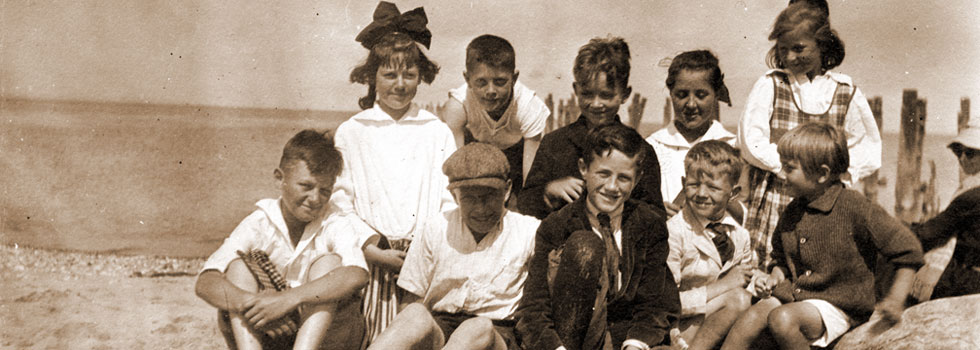
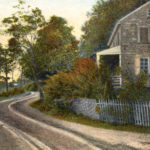
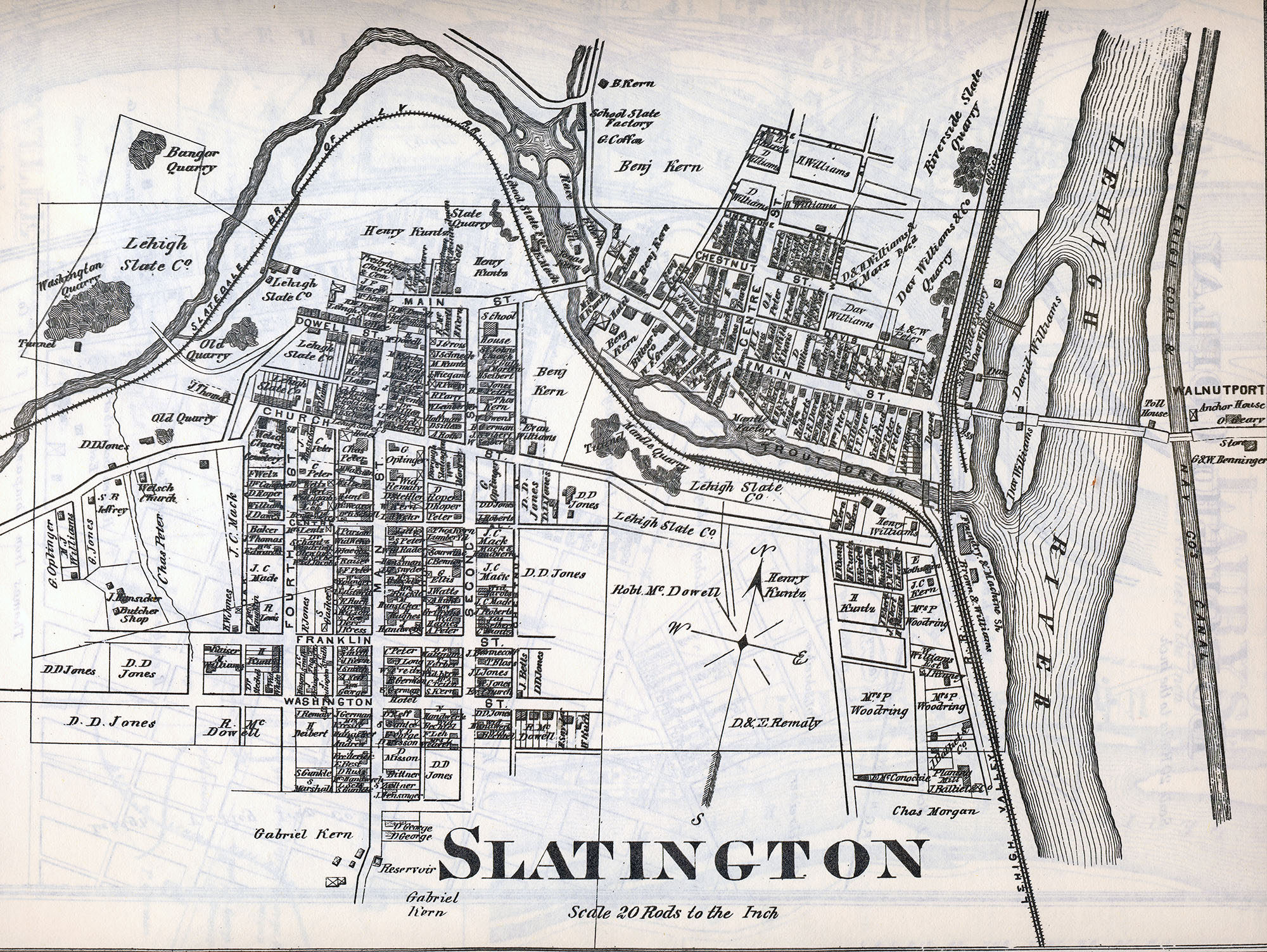
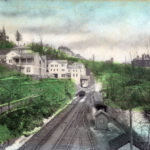
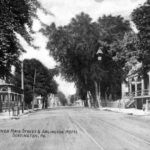
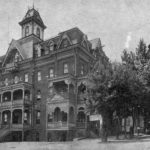
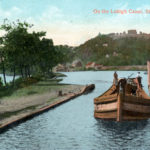
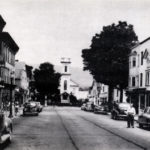
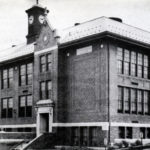
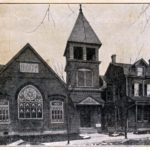

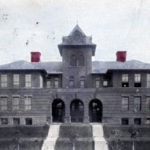
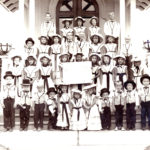
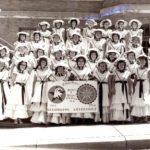
We recently purchased a farm at the corner of Friedens and Old Grange Rd built in 1875. 6975 Old Grange Rd. Do you have any information on who built the house or any history of the property? Thank you for your wonderful website.
Donna, I don’t have any information on that, sorry! Good luck with your research.
I’m afraid not, sorry. Good luck with your research!
Hello Karen – Nicholas Kern is my 6th great grandfather. I have a very extensive Kern family tree if you are interested in looking at it. I just rec’d the link to your website and haven’t had a chance to read thru it.
Can you tell me who you descend from? I descend from Jacob Singley and Cornelia Elizabeth Kern.
Lois,
Just came upon your comments in Karen’s Who’s Who in Slatington and saw your comment about your relationship to Nicholas Kern. I recently learned I am also a descendant of Nicholas Kern. I would be very interested in the family tree you have and perhaps I can also help you add to it.
Maggie, can you contact me at Lrevenaugh@gmail.com? I would love to exchange info on the Nicholas Kern family!
Lois Rumbel Revenaugh
I am looking for an old Slatington map including RR tracks and sidings and bridges crossing Trout Run between Walnut St and the River. I remember old stories and I did visit in April 2020. I took pics of old peers just above the old Rails to Trails (D&L bridge).
I lived in the last home on Church when the train derailment happened in 69. I usewd to play and climb on the old peers but I dont remember the whole story. Sadly, my father doesn’t remember either.
Now that I am retired and living in Florida, I miss the old home town.
Those are great memories! Maybe someone here has a map of such to share.
Looking for anything you may have come across regarding Granville Dennis Geiger. He was the son of Henry and Mary Ann Geiger born October 10. 1869. He was a stone mason and other various jobs. Lived on Friedens Road and later on on Main Street, Slatington till his death in 1968. In 1964 he was the oldest living man in Slatington during the Centennial.
I haven’t heard that name, but I’ll keep an eye out. Good luck with your research!
Trying to locate a former business from Slatington PA. I have an advertisement piece from the company. The name on it is “Peters & Co. Ltd Dealers in General Merchandise Slatington Pa.
If you could use a picture of the item let me know.
Hi all. I am looking for photos of the 1898 Walnut Street Bridge (also called Slatington Bridge in Newspapers). I cannot find ANY photo of it. Checked with CTEvans, historical society, etc. It crossed the valley on Walnut Street, crossing the Slate factory, railroad, Creek, and Factory Street before terminating on the hill beyond in Upper Slatington.
Planning to visit Slatington soon to see where my ancestors came from. Kerns in my family tree also. Would the Slatington town hall have a registry of deeds? Any good recommendations on where to stay there for a few days? Thanks!
I am looking for employment records from the Greenville Steel Car in the early 1900’s. Does anyone have any ideas?
Thanks
I am looking for information on the genealogy of the Grammes and Holtzer families. I thought I would post in the hopes that someone may see this and know something.